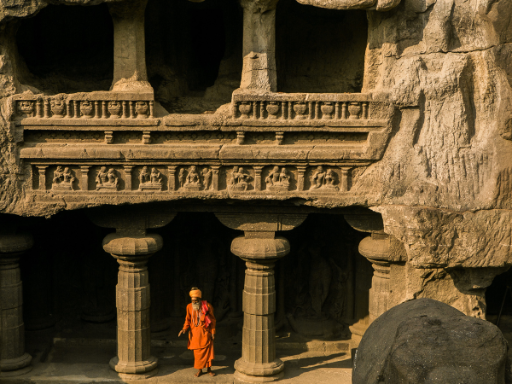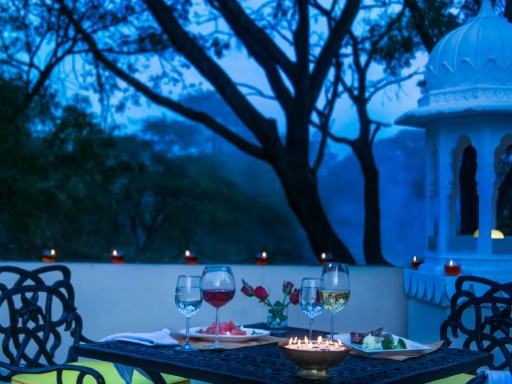Signature Experiences

Ellora


Ajanta Caves


Kailash Temple


Mahagami


Romantic Rendezvous
If romance is on the cards, we can arrange for an intimate dinner for you and your partner. Our discreet service, delectable fare and the picturesque lawns are all you need to make your evening special. This is a must-do in Aurangabad! You can select the dining set up – under a brilliant star studded night sky – and our team will take it forward. This special motif is priced at Rs. 15,000 (exclusive of taxes) per couple and is one of the top things to do in Aurangabad. The magical evening unfolds with a welcome drink on arrival – a non-alcoholic mocktail or a glass of Indian red or white wine – followed by a four-course dinner, pre-determined by you in consultation with our F&B staff. A sumptuous chocolate cake compliments this motif at Vivanta Aurangabad.


Unique Dining


Bidri Art


Maharashtrian Thali


Aurangabad Caves


Bibi Ka Makbara


Paithani Sari


Picnic At Ajanta

